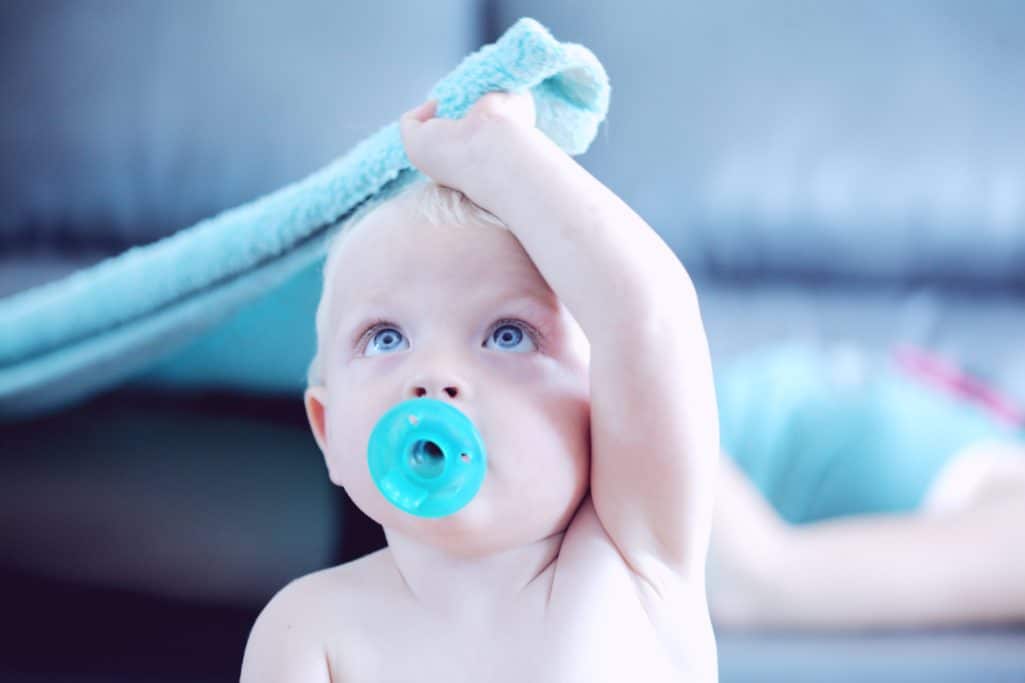How to take the pacifier away from your child
Taking anything away from your child is not easy, whether it’s guilt from just taking it away or trying to break a habit. You know how hard it is if you have ever tried to diet or quit smoking. So you know how a child feels when you take something valuable away from them.
You should really start breaking the child from a pacifier around the age of 18 months. One of the reasons is your sanity as a parent! You know all that time you spend searching for it and couldn’t find it and your child cries for it, restlessly?! Think about the money and time you’ve spent running to purchase another one. Then, there are your child’s teeth, which is the most important reason to take away the pacifier as early as possible.
Some dentists believe it causes their teeth to come in crooked, or cause problems with their teeth later in life. But for the most part, no parent wants to send their child to pre-school or kindergarten with a pacifier. So how do you take it away when your child is so dependent on it?!
The first thing you should do is phase it out through the daytime. Begin giving your child the pacifier less and less throughout the day. Substitute a snack or give them just a little extra attention to distract their need for it. This may take some time, but don’t give in. Let your child know that he or she can make it through the day without it, using positive reinforcement. Start with taking it away for the first hour or two in the morning and work your way into the day.
It’s a bad idea to take the pacifier away from your child when there are life changes going on in your child’s life. Examples would be, the start of daycare, family expansion or when your child is transitioning from the diaper. The child should preferably be in a stable development period.
Remember you are taking away what your child thinks is very dear to them. Be patient and kind. Bedtime is usually the hardest time to get your child to give up their pacifier. So before you try to take it away at bedtime, be sure he or she takes a nap through the day without it.
You need to get your child used to staying calm without it at the age of eight months. This is when the child gradually stops sucking and starts chewing on food. Substitute the pacifier with a rubber or gel toy that can be chewed on instead. This will make the transition smoother and the child will not miss the sensation of sucking
Your child should not be subjected to additional pressure when you are trying to take this away from them. It is inappropriate to start the process if parents are quarreling or going through a divorce.
Get your child used to the fact that the pacifier will appear only at bedtime, helping them to fall asleep effortlessly. If your child is used to sucking on the pacifier all the time, he or she will get used to sucking on their thumb.
A toddler’s need to suck on something is usually satisfied within several minutes. Provide the pacifier for brief periods of time and then take it away. Give the child the pacifier only when you are certain that this is the specific item demanded. If your child needs comfort, it would be best to provide a hug rather than a pacifier.
Ease your way in taking it out of your child’s mouth, once he or she falls asleep. Most children spit the pacifier after 15 to 20 minutes of deep sleep. If your child wakes up, leave the pacifier. Otherwise, your toddler will experience sleeping problems in an attempt to protect the favorite comforting item. Many children demand their pacifier whenever they are bored or strictly on habitual grounds. In such instances, play with the child and do your best to keep your toddler distracted from this and happy.
Getting rid of the pacifier altogether might be very difficult in the beginning, but keep in mind that you have to ease your way through this process
Use a simple trick. Make the pacifier boring. Use a pin to pierce it. When the air goes out of it, your child will no longer enjoy sucking on the pacifier. Be patient and gentle with your child.
Slow reduction or sudden farewell?
The pacifier should only be used when needed, and most kids need it for sleeping or when they are upset, especially in public. You can slowly start reducing the usage so that your child only uses it at bedtime.
At some point, it can be a good idea to set a goal on a particular date for removing the pacifier completely. It is important to do this by communicating with your child so that he or she knows what is coming. You can read books together about the subject, so your child hears stories about other children who have stopped using it. You can say that “Sunday is the last time you will sleep with your pacifier” and then remind your child several nights before. Some people also do it before Christmas saying that Santa is going to take it with him when he brings presents. It is also a good idea to make sure that there is a reward for the event, or you can “trade” the pacifier for a toy. Happy Parenting!
>>> https://nanniesandkidsunited.com/christmas/


